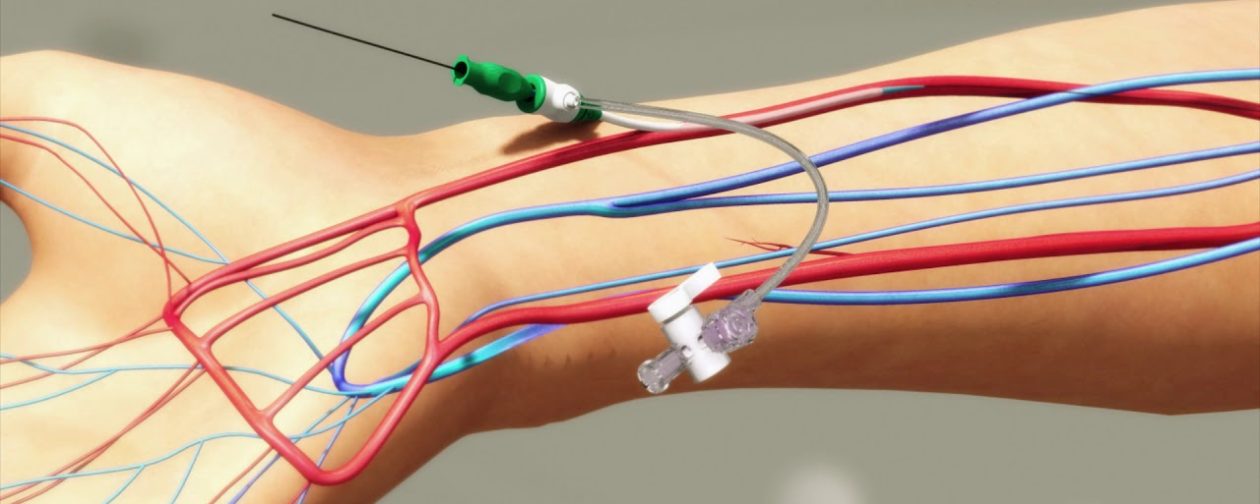The aim of our senior project is to create a medical device that is capable of closing vascular wounds in the radial artery during trans radial interventions (TRI) for catheterization and angioplasty procedures via mechanical compression on the skin. This device seeks to minimize the risk of wound reopening and radial arterial occlusions (RAO), common problems with other vascular closure devices out on the market currently, as well as preventing complications that occur during TRI procedures. The device will apply a method of compression via two removable air bladders. The air bladders will apply compression on the radial and ulnar arteries, where the pressure is first fully applied to the radial artery, then tapered off very slowly once the air bladder above the ulnar artery is fully inflated. This method of pressure application aims to reduce the occurence of radial artery occlusion whilst maintaining wound closure. With the establishment of all design inputs and decisions on subparts, the final design of the device has been chosen and created within SolidWorks, with consideration for alternate solutions. At the end of this project, a fully functioning prototype of the device is expected to pass all established verification and validation activities. The device will be able to mechanically maintain wound closure after a trans radial intervention through compression while decreasing the rate of RAOs and aid in the healing process for patients. The reason we believe existing solutions are insufficient is that currently most devices do not incorporate a hemostatic pad and use of pressure as a trans radial closure device post percutaneous coronary intervention. The target population that would ideally need the device would be those who undergo the radial surgery, especially individuals who are at most risk and those financial needs.
